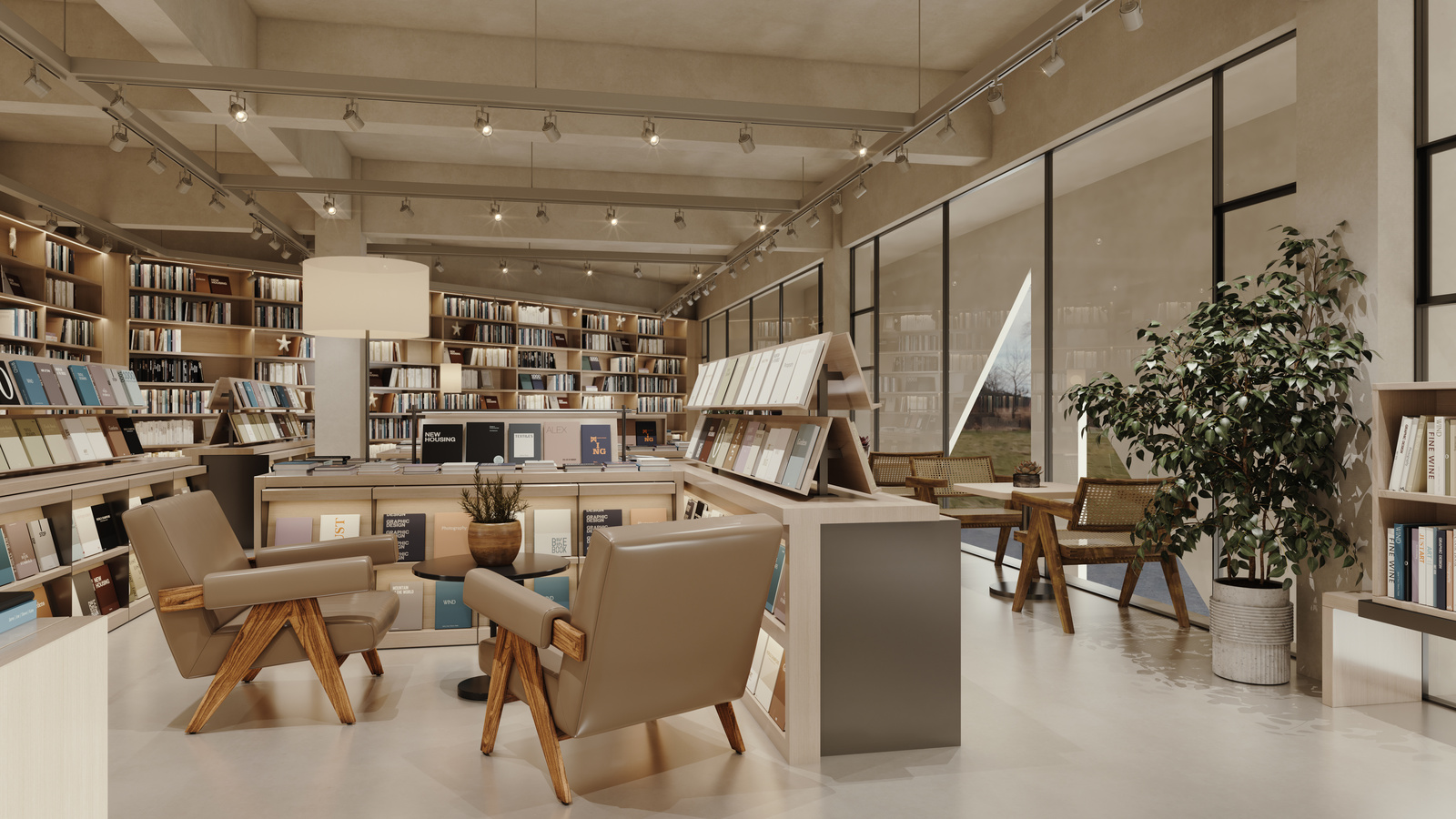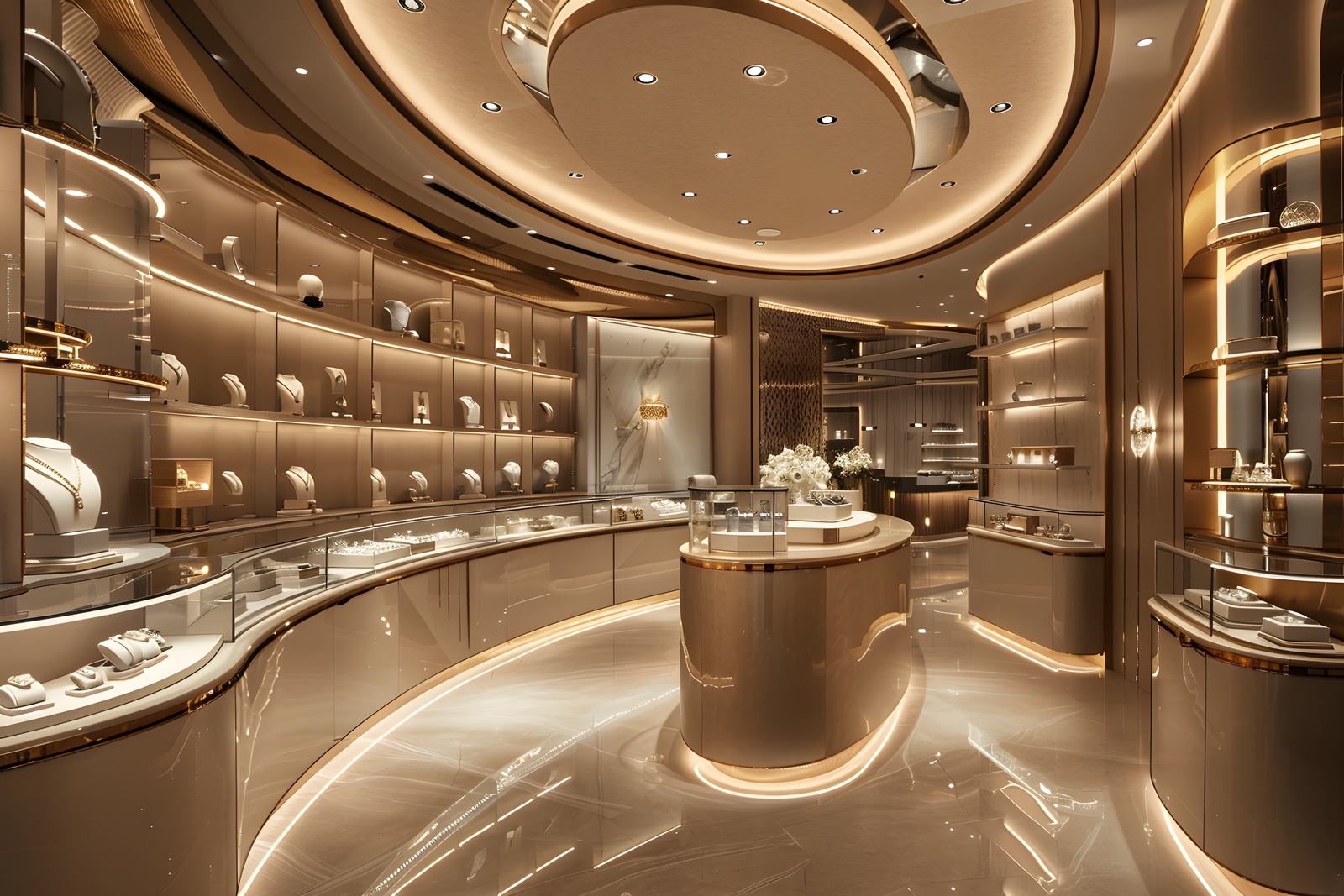
August 6, 2024
Sustainable Display Solutions for Eco-Conscious Retailers
Table of Contents
-
Benefits of Sustainable Display Solutions
-
Materials for Sustainable Displays
-
Recycled and Upcycled Materials
-
Natural and Renewable Materials
-
Low-Impact Production Materials
-
-
Design Strategies for Sustainability
-
Modular and Versatile Designs
-
Multi-functional Display Fixtures
-
Energy-Efficient Lighting
-
-
Integration of Technology
-
Digital and Interactive Displays
-
Smart and Sustainable Technology
-

Benefits of Sustainable Display Solutions
Environmental Impact
Reduce carbon footprint and resource depletion by using materials that are recycled, recyclable, or biodegradable. Sustainable displays contribute to a circular economy by minimizing waste and promoting responsible consumption.
Brand Reputation
Demonstrate commitment to sustainability, attracting eco-conscious consumers who prioritize ethical purchasing. Sustainable practices differentiate your brand in a competitive market and build trust with environmentally aware customers.
Cost Savings
Long-term savings through energy-efficient lighting and durable materials that require less maintenance and replacement. Sustainable displays can also reduce operational costs associated with waste disposal and resource consumption.
Materials for Sustainable Displays
Recycled and Upcycled Materials
Utilize reclaimed wood, recycled plastics, or repurposed metals for display fixtures and shelving. Upcycling materials reduces landfill waste and gives new life to discarded resources, embodying a circular economy ethos.
Natural and Renewable Materials
Opt for bamboo, cork, or organic fabrics that are renewable and biodegradable. These materials offer durability and aesthetic appeal while minimizing environmental impact throughout their lifecycle.
Low-Impact Production Materials
Choose materials produced with minimal environmental footprint, such as low-VOC (volatile organic compound) paints and finishes. These materials contribute to indoor air quality and reduce emissions during manufacturing.

Design Strategies for Sustainability
Modular and Versatile Designs
Design display fixtures that are modular and adaptable to different product configurations and store layouts. Modular designs allow for easy reconfiguration and expansion without discarding entire displays.
Multi-functional Display Fixtures
Create multi-purpose display units that serve both as showcases and storage solutions. Integrated storage reduces clutter and optimizes space efficiency while enhancing product visibility.
Energy-Efficient Lighting
Install LED lighting with motion sensors or dimming capabilities to reduce energy consumption. LED lights are long-lasting, emit less heat, and offer customizable color temperatures that enhance product presentation.
Integration of Technology
Digital and Interactive Displays
Incorporate digital signage or interactive displays powered by renewable energy sources. Digital displays reduce paper waste associated with traditional signage and engage customers with dynamic content.
Smart and Sustainable Technology
Use smart sensors to monitor foot traffic and adjust lighting levels accordingly. Smart technology optimizes energy usage and enhances operational efficiency without compromising on customer experience.



